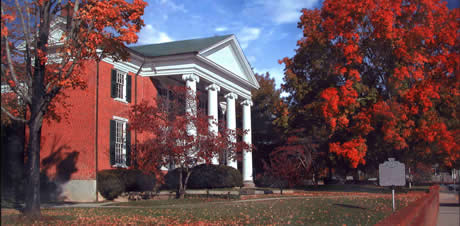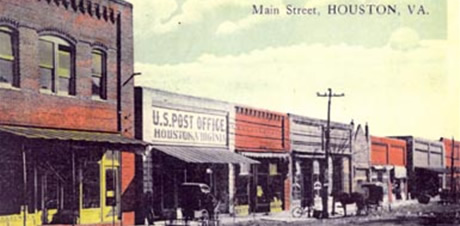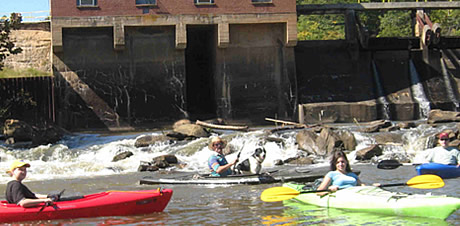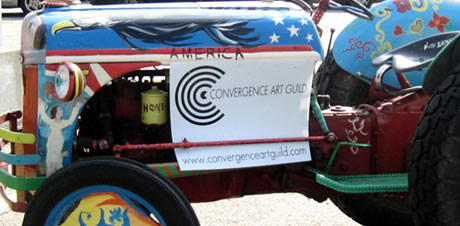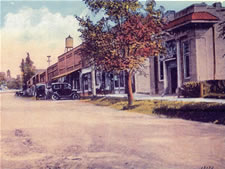Nowadays we hear a lot about honeybees but did you know that there are many other bees in your backyard that survive with minimal help from you. We all know the honey bees are at risk from mites, increased pesticide use and lack of available pollen. Some of these same things are now affecting our native solitary bees. Honeybees were brought from Europe by the colonists but solitary bees have been around for thousands of years. They were the primary pollinators before the arrival of the honeybee. They still perform a necessary service to us today.
Unlike honeybees, solitary bees do not live in a colony. They make a tunnel like brood nests in the ground or in tree holes left by birds and insects. The brood nest consists of several brood cells. Each brood cell contains chunk of bee bread, named so because it has a loaf form, that contains pollen and nectar the female has collected. The female then lays a fertilized egg near or on the bee bread. Then she closes the cell with mud or chewed up plant parts. Depending on the species, there may be just one brood cell or several. Generally unfertilized eggs are laid close to the nest entrance. These become the males who emerge first. Just like men tend to hang around the Ladies Room when they are looking for some action, the males hang around the nest awaiting a female to emerge for mating.
Solitary bees have a complete metamorphosis consisting of four stages: egg, larva, pupa and adult. We only see the adult stage since the others take place in the brood nest. The egg remains in this stage for about three weeks before hatching into a grub like larva. At this stage the larva will eat the bee bread and continue to grow until time to form into a pupa. During this stage the pupa will take on adult features and be wrapped in a protective covering for eight to nine months. When emerging the bee will be a fully functional adult ready to eat, mate and build her own brood nests.
Because there is no one to rely on, the female adults are very docile. If they risked stinging, they would be unsuccessful at creating a brood for next year. As with all bees, males have no stingers. Therefore they are lovely creatures to have in our gardens. Solitary bees are either generalists or specialists. The generalists will go to whatever is in bloom so are the more resilient species. The specialists only feed on one type of plant. For example, the squash bee will only feed on plants in the squash family such as pumpkins, cucumbers and gourds.
If you want to invite these fascinating insects into your gardens there are few things you can do. Create diversity in your landscape by providing nectar rich plants blooming at various times during the growing season. Good early season plants are False Blue Indigo, Baptisia australis, Redbuds Cercis canadensis and even those Violets we hate having in our lawns. Coral honeysuckle, Lonciera sempervirens, not to be confused with the invasive alien Japanese honeysuckle, Lavender, Lavendula and Threadleaf Coreopsis, Coreopsis verticillata are great for early summer. Late summer will find Oakleaf Hydrangea, Hydrangea quercifolia and Garden Phlox, Phlox paniculata in bloom and asters round out the season. Step two is to not be afraid to be a bit untidy. Brush piles, old tree stumps and open bare ground provide good nesting sites. Finally, don’t use pesticides which kill the good bugs right along with the bad ones. With a little patience in the landscape the good bugs will consume the bad ones anyway.

Caption for picture: The False Blue Indigo is a great plant to attract solitary bees in early in the season. Solitary bees are important pollinators for many fruits and vegetables.



